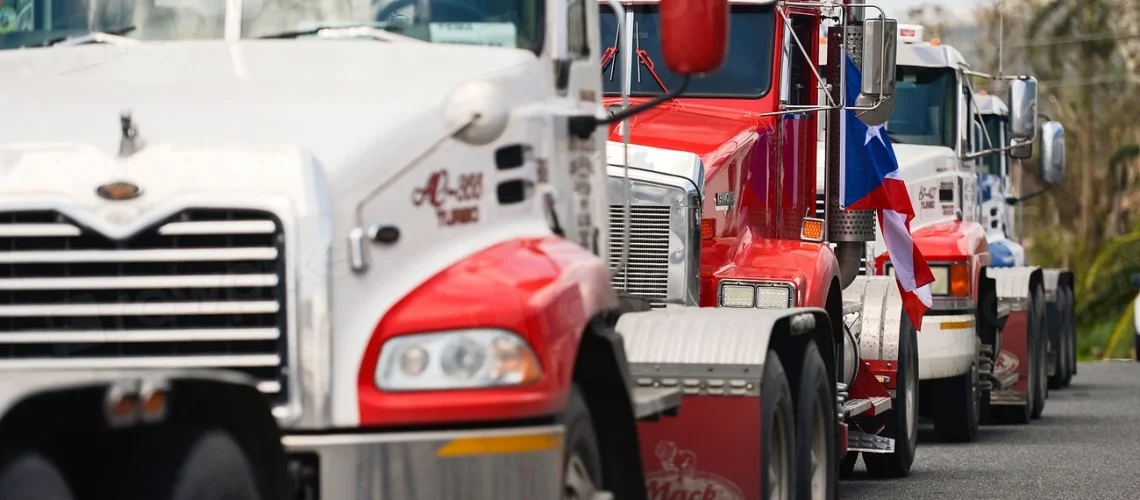Table of Contents
ToggleIntroduction
The FMCSA Return-to-Duty (RTD) process is a structured program regulated by the Federal Motor Carrier Safety Administration. It is required for commercial drivers who have violated the DOT drug and alcohol testing regulations.
At D2C, we provide professional SAP services and guidance to help drivers across the state successfully navigate this process. With our support, you can return to duty faster, stay compliant, and protect your career.
What is the FMCSA Return-to-Duty Process?
The FMCSA Return-to-Duty process ensures that drivers who test positive for drugs or alcohol, or refuse testing, cannot resume safety-sensitive duties until they meet all DOT requirements.
This process must be supervised by a DOT-qualified Substance Abuse Professional (SAP), who determines the education or treatment needed and guides the driver through to compliance.
Why is the Return-to-Duty Process Important?
- Keeps drivers in compliance with FMCSA/DOT regulations
- Helps protect the public and roadway safety
- Provides drivers with a structured way to return to work
- Ensures employers meet their legal responsibilities
Step-by-Step FMCSA Return-to-Duty Process
Step 1: Failed Test or Refusal
The process begins when a driver tests positive or refuses a DOT drug or alcohol test. The driver is immediately removed from safety-sensitive functions.
Step 2: Initial SAP Evaluation
The driver must schedule an evaluation with a DOT-qualified SAP.
Employers may handle SAP referrals in three ways:
- Refer the employee to a SAP they already have a contract with.
- Provide a list of qualified SAPs to the driver.
- Instruct the employee to find a SAP on their own (such as through online directories or by searching “FMCSA qualified SAP near me”).
The SAP conducts the evaluation and recommends the required education or treatment.
Step 3: Treatment or Education Program
The driver must complete the program recommended by the SAP. This may include education courses, treatment programs, or counseling.
Step 4: Follow-up SAP Evaluation
After completing treatment or education, the driver returns to the SAP for a follow-up evaluation. If the SAP confirms successful completion, the driver may proceed to the next step.
Step 5: Return-to-Duty Test
The driver must take a DOT return-to-duty drug and/or alcohol test. This test must result in a negative outcome before the driver can return to safety-sensitive duties.
Step 6: Follow-up Testing Plan
Once the driver resumes work, they are placed under a follow-up testing program.
- The SAP creates the testing plan – outlining the number and frequency of follow-up tests, lasting 12 to 60 months.
- The employer only monitors the plan – Employers must ensure the tests are carried out, but they do not create the plan.
- Reporting to Clearinghouse – Not all follow-up tests are reported in the Clearinghouse. Only the last follow-up test is entered.
How Long Does the Return-to-Duty Process Take?
The timeline depends largely on how quickly a driver:
- Completes their SAP-recommended program
- Schedules their follow-up evaluation
- Finds a new job, since employers are responsible for carrying out and monitoring the SAP’s testing plan
On average, the process can take a few days to several months, depending on these factors.
Common Mistakes to Avoid in the RTD Process
- Waiting too long to schedule a SAP evaluation
- Assuming the SAP manages or tracks follow-up testing (this is the employer’s role)
- Returning to work without confirming your 5th checkmark is in the Clearinghouse
- Not understanding that only the last follow-up test is reported in the Clearinghouse
FAQs About the FMCSA Return-to-Duty Process
Q1: How long does the Return-to-Duty process take?
It depends on how fast the driver can complete treatment and find a job. The testing plan itself is finalized once the SAP gives recommendations, but employers carry out and monitor the plan once the driver is hired.
Q2: Are follow-up tests recorded in the FMCSA Clearinghouse?
Not all of them. Only the final follow-up test is reported in the Clearinghouse.
Q3: Can a driver choose their own SAP?
Yes, but the SAP must be DOT-qualified. Employers may provide a list, but drivers can also search and select their own.
Q4: Who pays for the Return-to-Duty process?
Generally, the driver pays for SAP services and testing, although some employers may cover or share the cost.
Q5: What happens if a driver fails a follow-up test?
If a driver fails, they must restart the Return-to-Duty process from the beginning.
How D2C Can Help You
At D2C, we help drivers across the state navigate the FMCSA Return-to-Duty process with confidence.
Here’s what we provide:
- Qualified SAP evaluations to get you started right away
- Clear guidance through treatment and education requirements
- Follow-up evaluation support to ensure you’re ready for testing
- Step-by-step help so you understand your responsibilities vs. your employer’s
- Professional experience to ensure your RTD process is compliant and smooth
Get Back on the Road with Confidence
Completing the FMCSA Return-to-Duty process is challenging, but with the right support, you can return to work quickly, legally, and safely.
At D2C, we guide you every step of the way, helping you stay compliant and protect your career.
👉 Contact D2C today to schedule your SAP evaluation and start your Return-to-Duty process with confidence.





